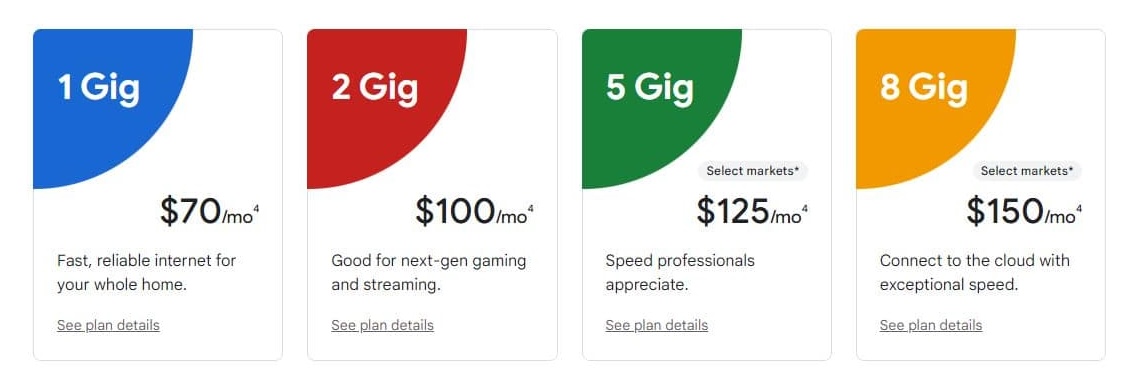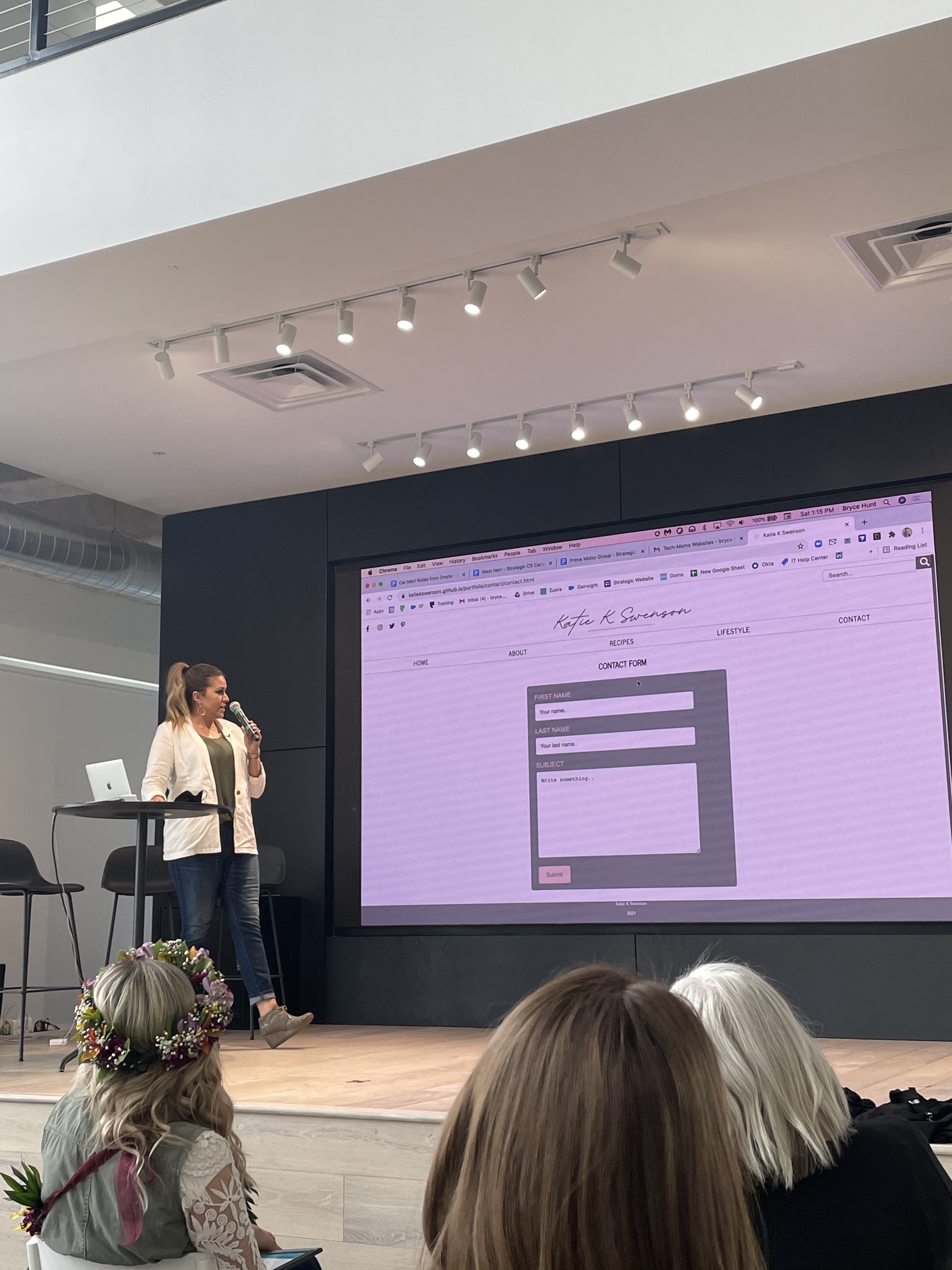At GFiber, we are striving to be an internet company for the next generation of Internet users — meeting the challenges of today and building for the demands of tomorrow. This only happens by anticipating what’s coming and being ready for it before it gets here. We’re striving to always be one step ahead, so our customers never have to worry about their internet. From continuing to push multi-gig speeds to the home and in the home to using AI and machine learning across many facets of our business, we’re working to make next gen internet the reality right now.
A Modern Network Built for Today. . .and Tomorrow
Last month, we rolled out
5 Gig and 8 Gig in San Antonio. While we’ve been making announcements like this regularly over the last 15 months, this isn’t just an empty promise designed to make headlines. This milestone marks a huge step forward for Google Fiber’s entire network and our ability to serve our customers well into the future. With the San Antonio launch, nearly all GFiber customers in single family homes can get our full range of symmetrical multi-gig products. This is a fundamentally different way to deploy a better network. GFiber is upgrading our entire network infrastructure — proactively replacing our GPON network with XGS PON — not picking and choosing specific neighborhoods or streets, to ensure we have a cutting-edge network for today and one that can support our customers’ future internet needs.

This also means that no matter the age of the network — whether in our “hometown” of Kansas City or our newest metro of Omaha — GFiber customers are served by the same state-of-the-art network architecture. GFiber is investing in the holistic customer experience to ensure that customers have exactly what they need when it comes to their internet. To do this right, speed to the home, speed in the home, and the quality and reliability of that speed are all equally important. By the end of 2024, we expect almost all our new customers to be on XGS infrastructure, which will set them up for future needs. But we’re not stopping there - we are also deploying Nokia 25G PON technology across our cities to go beyond 8 Gig (more on that later).
Powerful Wi-Fi that Complements our Network
But speed to the home is just the beginning. No matter how much internet is coming into your home, Wi-Fi will dictate the speed reality for the vast majority of customers. GFiber is just as obsessed with speed in the home; that is, speed over Wi-Fi. Over the past year, we’ve retired legacy routers and moved to deploy Wi-Fi 6E to all new customers. We’ve also proactively replaced our legacy network boxes with newer devices and all 1 Gig+ products include mesh extenders — both at no cost to our customers. And by the end of 2024, we’re planning to incorporate new Wi-Fi 7 devices into our offerings as they become readily available. In fact, we’re already using a custom built
Wi-Fi 7 solution with our GFiber Labs 20 Gig product.
These advances make multi-gig speeds over Wi-Fi possible. More importantly, they ensure that customers get the experience they expect and that they can truly use the internet they are paying for. Consumer devices and apps will continue to evolve to be able to harness more and more speed. As GFiber customers upgrade their devices, they will be rewarded with speed boosts because they already have the right network, routers and extenders in their homes.
Quality you can count on - literally
GFiber’s quality of service approach doesn’t stop at the front door. To make sure that we’re delivering on our service promise, we’re continuing to up our game to keep our network strong. We’re obsessed with proactively identifying potential issues, so we’re doing proactive sweeps of our entire network daily and using advanced telemetry technologies to monitor both our network and equipment. Our technicians and support reps also have these same tools.
We want our customers to have visibility into the quality of their in-home internet experience, so we’re launching a personalized home network quality score in the next few months. It’s also why we are intensely focused on providing a whole home quality score. This score sums up the robustness of our network for each customer on connectivity, speed, and coverage — all the way to the GFiber Wi-Fi router and beyond to the mesh extender. It includes the quality of the internet coming into their home and to the router, how well their network is working inside their home, down to whether the extender is positioned ideally in the home to maximize coverage. Through the GFiber App, customers will have more transparency into their network, and have the tools they need to ensure their network is working as intended.
Preparing for what’s next — GFiber Labs
This is really just the beginning. How we use the internet is only getting more advanced and what we demand of our network today will seem laughable in retrospect.
GFiber Labs is aiming to take on this challenge, in partnership with other companies, working to push the internet forward. We announced that we would be deploying Nokia 25G PON to enable us to offer symmetrical 20 Gig in every city by the end of 2024. We’ve begun incremental upgrades from XGS to 25G as part of our
GFiber Labs early access to this product. Response was incredible, we had over 4000 people express interest in being one of the first to try out 20 Gig, and we started installs in the Triangle in North Carolina in April.
Our goal is to anticipate what’s coming and build the ISP for the next generation of internet customers. What’s at stake? Everything! Our customers, our employees, a better internet, and an innovative online experience that drives progress across the industry for all of us. We are working to be better at every point in the internet delivery process and to help move the entire ecosystem forward with us. This isn’t just the next gen internet we know that our customers deserve, it’s the one they will need.
Posted by John Keib, Chief Technology & Product Officer





.jpg)






.png)

.jpg)
.jpg)





